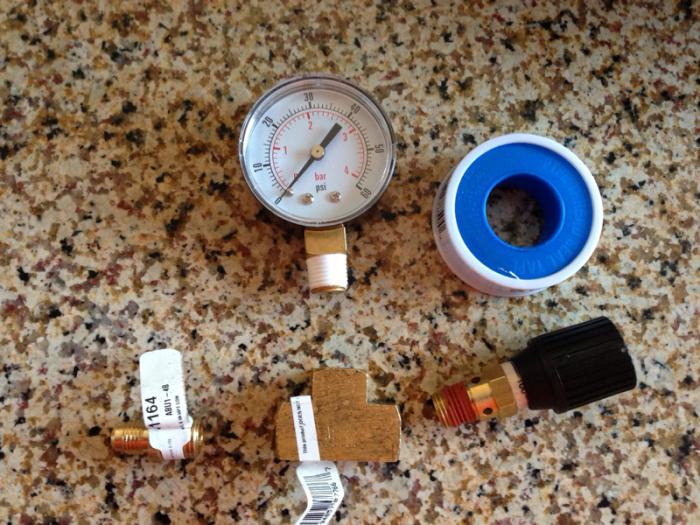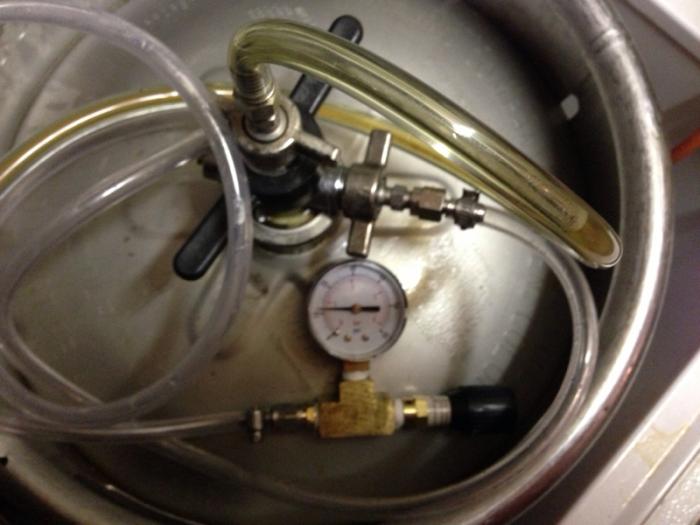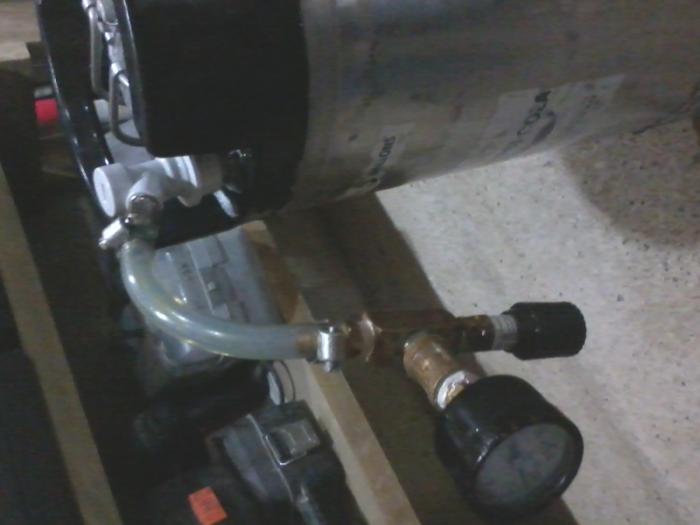TimelessCynic said:
Great one round. I get exactly how to do this. Do you ever get krausen coming out of the valve or do you transfer to keg off of the trub after krausen has receded? And what makes carbing it in this manner vs artificially carbing better? Or is it just something fun and convenient to do?
I do 12 gallons in a15.5 gallon keg so I have plenty of head space and have never seen krausen in my valve. People who ferment in cornies will use a blowoff tube at first and switch to the Spunding valve after krausen falls. You only need about 4 gravity points to generate enough CO2 to carbonate.
The things I like better about his method are:
Speed. I ferment AND carbonate in 1 to 2 weeks and then it's ready to transfer to a keg and serve. I often go longer than that, but it is nice to know I can turn beer around quickly when needed.
Closed system: from when I pitched the yeast until I drink the beer it is a close container protected by CO2.
Simplicity. I push the beer out of the fermenter into the keg with CO2. I can take samples of fermenting beer just by opening the tap (with refractometer or after decarbonating). I can look at the pressure gauge and temperature and know the beer is properly carbonated.
And yes, I just think it is fun. I like fermenting in stainless steel, and this method works well for me. If it matters to you, this method is in line with the German beer purity law as well.
Some people claim that you can ferment at higher temperatures with out off flavors when under pressure (5-10psi), but I have never tried or seen a need. I don't begin adding pressure until day 2 or 3 of fermentation.


















![Craft A Brew - Safale S-04 Dry Yeast - Fermentis - English Ale Dry Yeast - For English and American Ales and Hard Apple Ciders - Ingredients for Home Brewing - Beer Making Supplies - [1 Pack]](https://m.media-amazon.com/images/I/41fVGNh6JfL._SL500_.jpg)










































